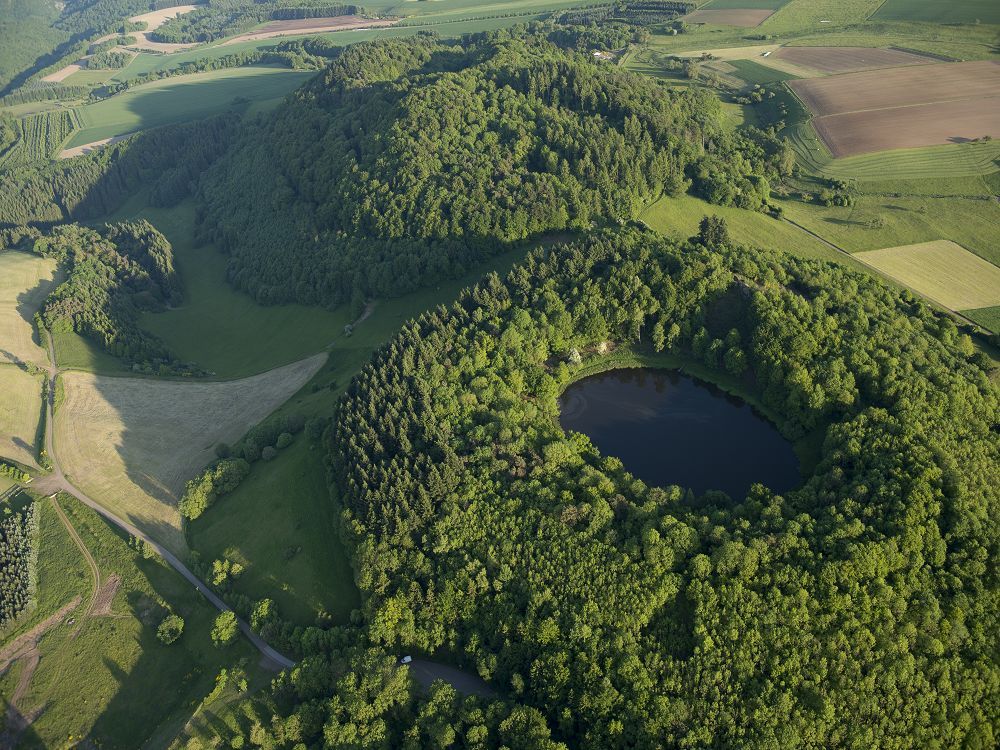33. Papenkaule (Crater Papenkaule): Errant magma
33. Papenkaule (Crater Papenkaule): Errant magma
There really ought to be a mountain here. Or at least a hill. But we find exactly the opposite: a hollow! Because something got in the way tens of thousands of years ago. To start with, everything went according to plan for the young volcano. Hot magma rose up from about 70 kilometres underground. A conduit formed, the magma was under steady pressure, and the first fragments of lava began to build up a crater rim on the Earth's surface. That could have gone on for a long time, so that bit-by-bit, a regular volcanic cone would have been built up. But suddenly something happened: The flow of lava stopped, no more molten rock rose to the surface of the Earth. It was as if the tap of the volcano had been turned off. What had happened?
The lava had simply gone a different way just before it reached the surface! The lava flow was diverted through an underground karst cave system and finally emerged about 300 metres away on a slope, the Hagelskaule, where it flowed into the valley of the River Kyll. And that’s how the young volcano became famous. Because it is the only place in the whole of the Eifel where a lava flow left the vent sideways to find a new 'riverbed' in the cave of a karst river.
 English (UK)
English (UK)  Deutsch
Deutsch 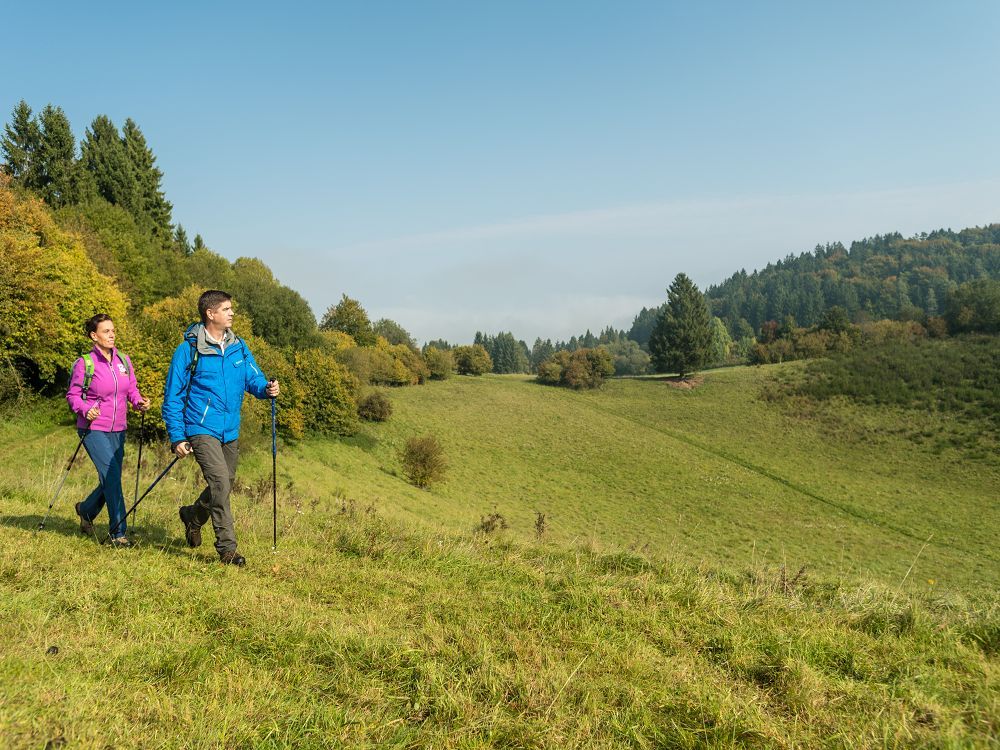













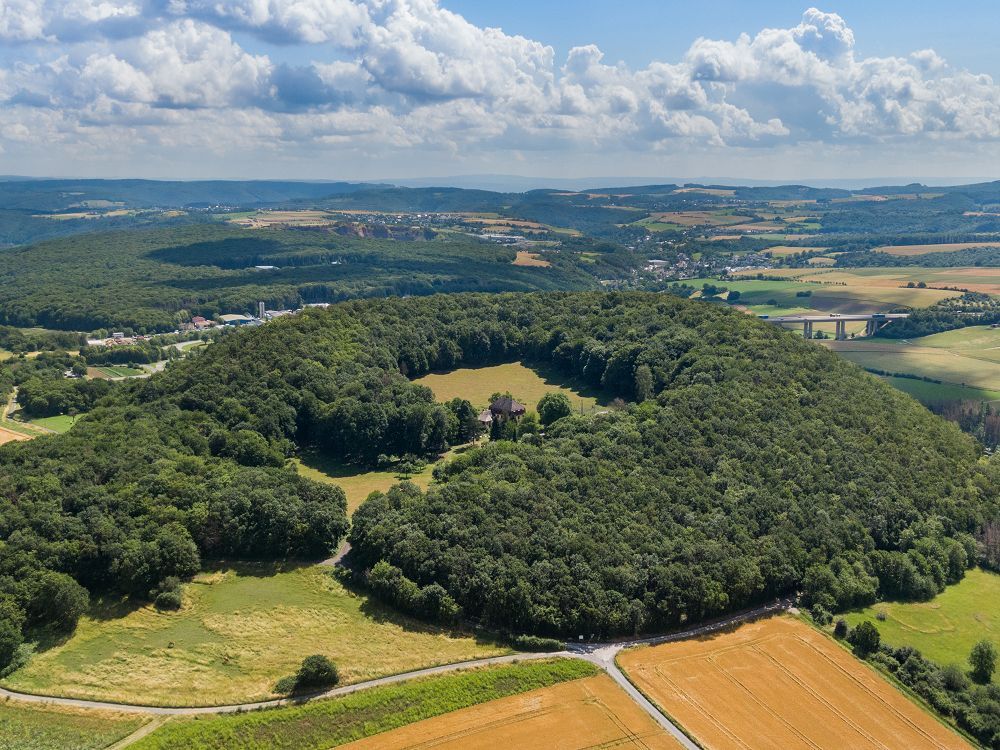

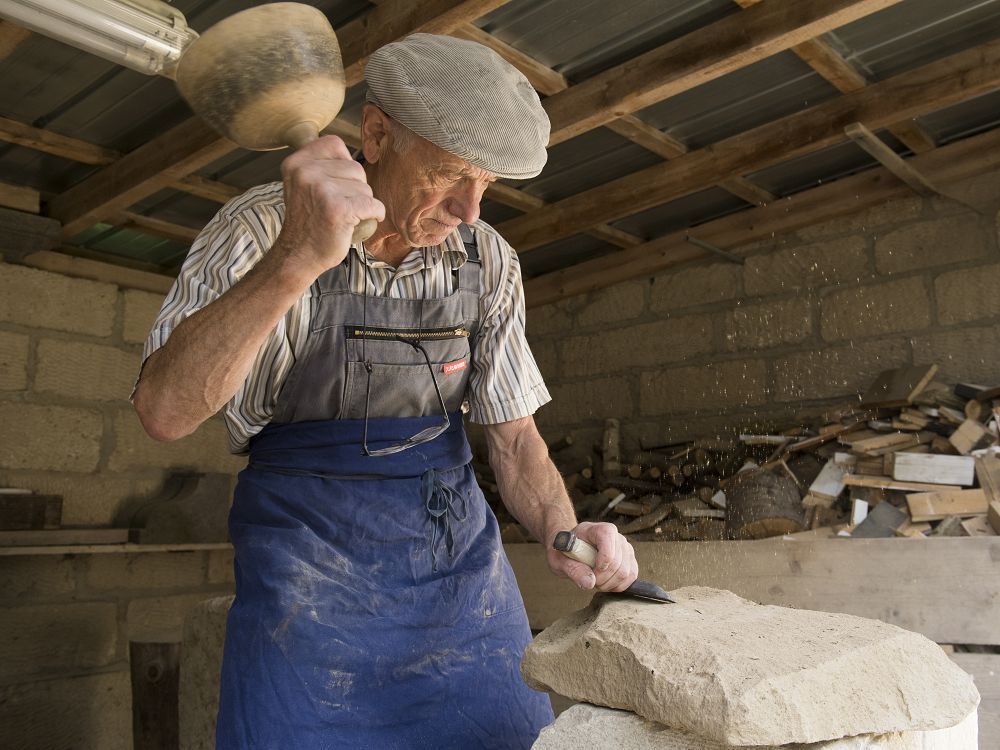

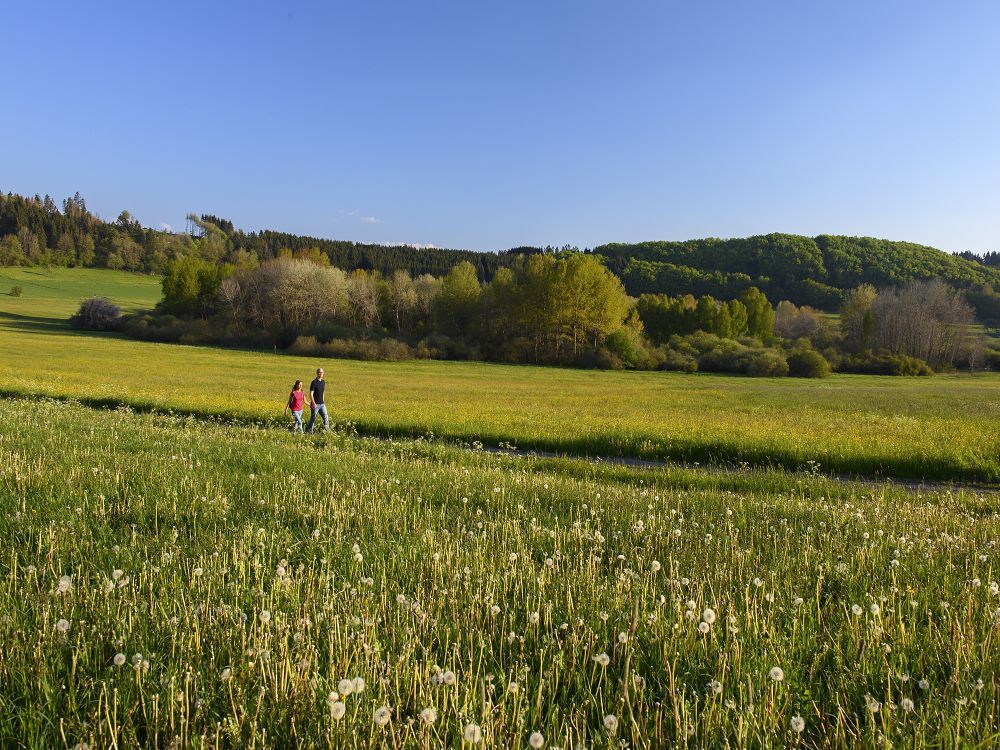


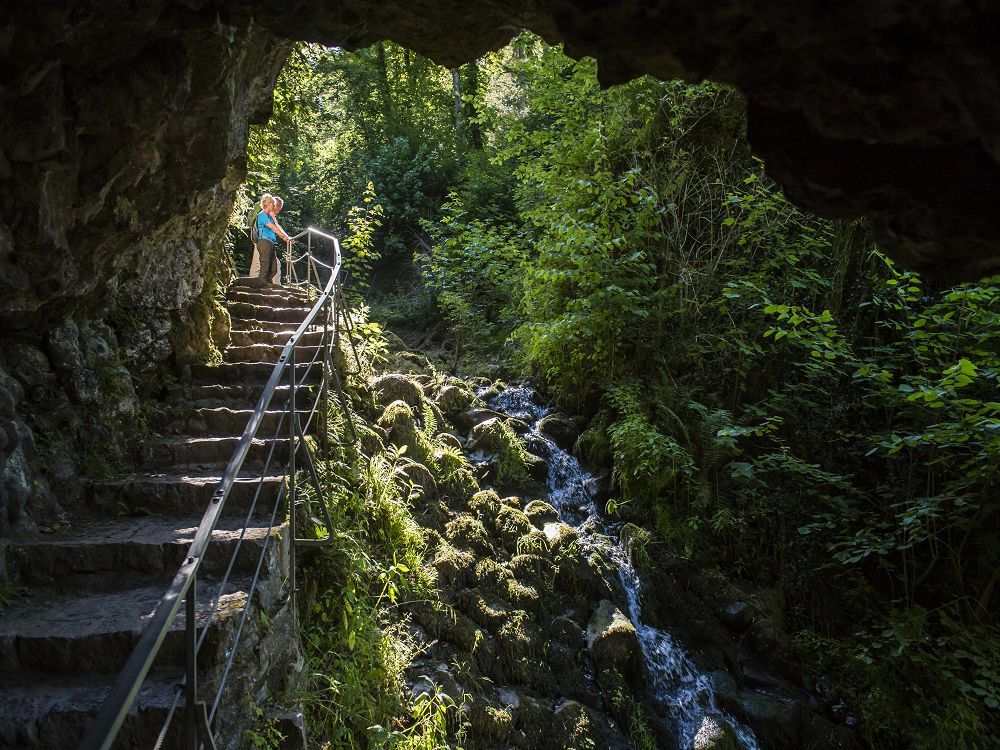

-df08adc9.jpeg)







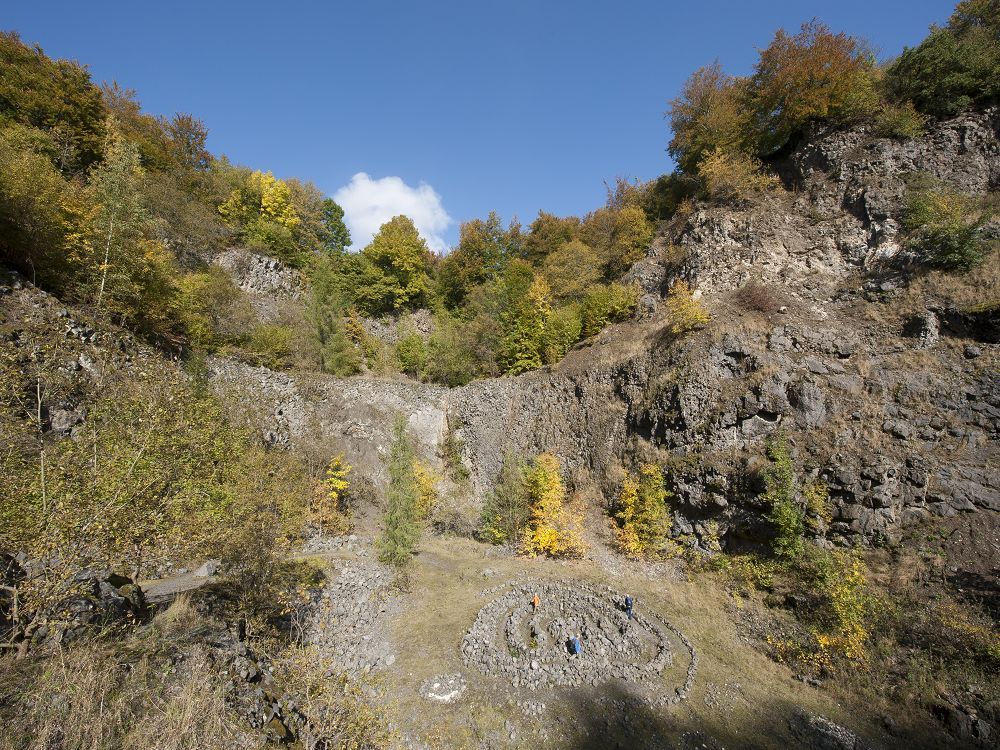
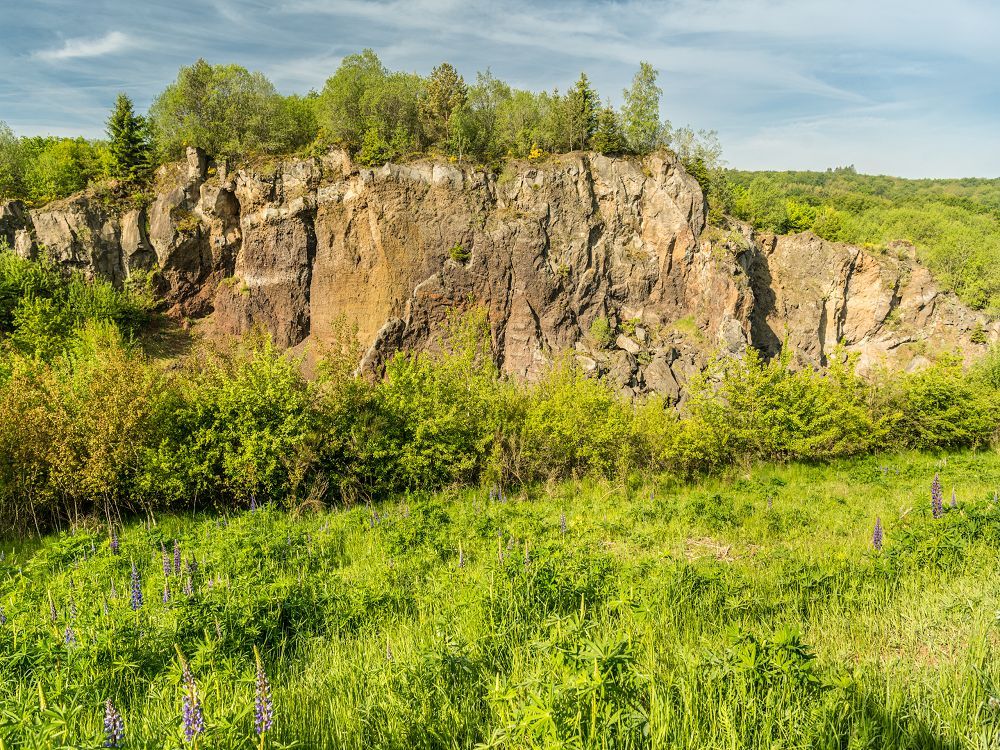
-a6d4c6f8.jpeg)



